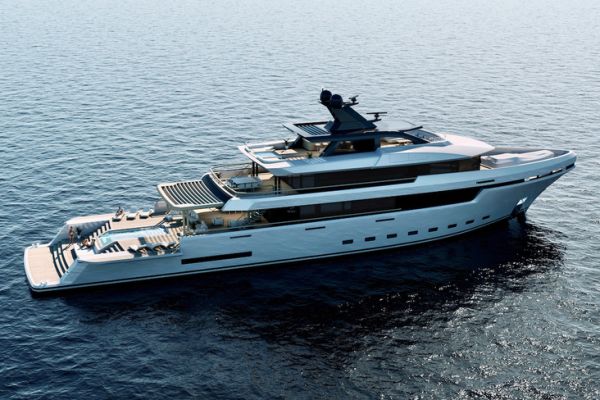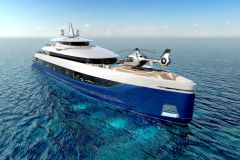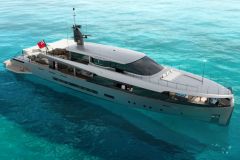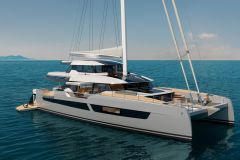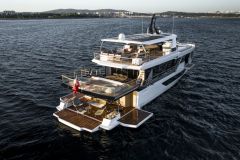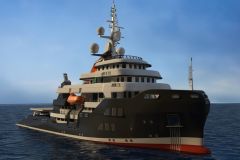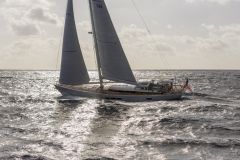RMK Yachts resurrects a former superyacht project, the Orca 58. The key features are a technical platform already available, a revised design and positioning in the 1âeuros¯000 UMS segment.
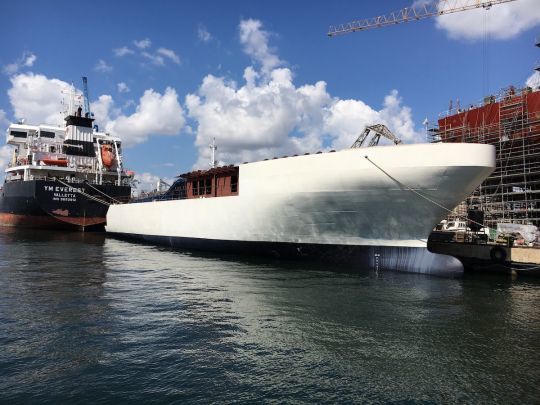
Relying on an already-built hull: a technical and economic gamble
The Istanbul-based RMK shipyard already has a 58-meter steel hull, built several years ago to its own technical standards. Rather than demolish or forget this industrial base, the yard has chosen to capitalize on what already exists.
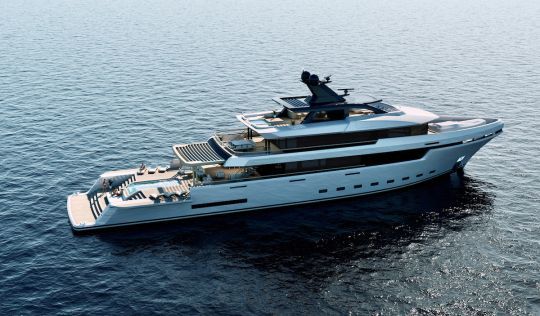
For players in the refit, semi-custom and mass-production sectors, this approach illustrates an industrial management model uncommon in the superyacht segment: integrating an in-stock construction into a new commercial program. This saves 12 to 18 months on lead times, with delivery announced 24 months after signature.
Completely redesigned to revive commercial interest
The original design was no longer up to date. To bring the project into line with current expectations, RMK Yachts called on Lagaria Yacht Design & Architecture. Their mission: to propose a contemporary silhouette, more evenly distributed volumes and layouts consistent with the 2025-2030 market.
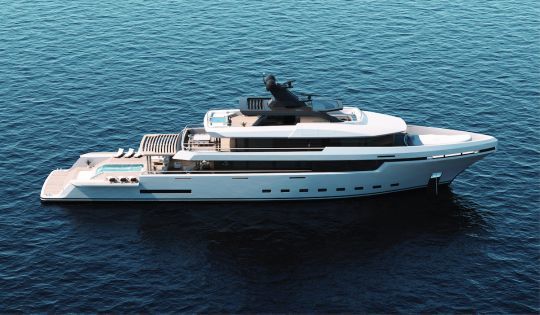
The result is a profile marked by taut lines, oversized glazing and a rear geometry that is very open to the sea. This new visual identity enables the shipyard to relaunch the project by meeting the aesthetic expectations of American and Mediterranean customers, where codes have evolved considerably over the last ten years.
A 1âeuros¯000 GT steel carène: strategic segment or tax dead end?
With a tonnage of around 1âeuros¯000 UMS, the Orca 58 is positioned in a niche rarely occupied by units of this length. At 58 meters long and 12 meters wide, she boasts massive proportions that comfortably accommodate 12 passengers and 13 crew.
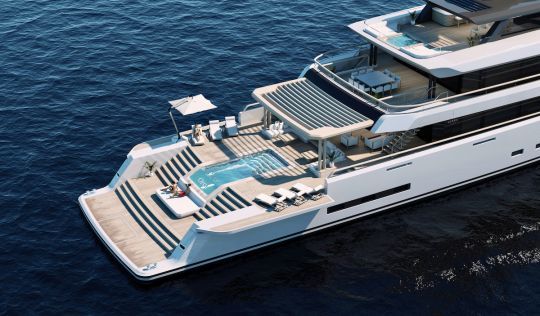
This tonnage class is attracting increasing attention from fleet managers and charter operators, as it maximizes volumes without crossing certain regulatory and tax thresholds. But this size remains demanding in terms of port infrastructure and technical management. The profile of the future owner will strongly influence the success of the project.
A modular technical platform: gym, spa, cinema or sky lounge
One of the project's strengths lies in its flexibility. RMK offers modular spaces, notably on the upper and main decks, which can accommodate a sky lounge, gym, cinema or wellness area.
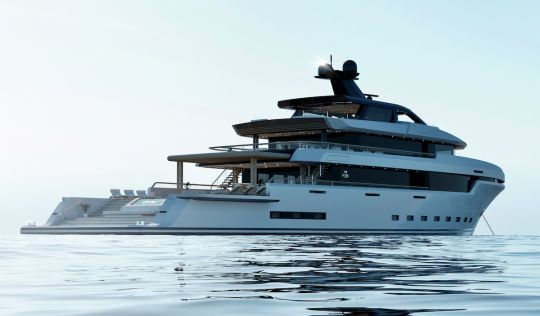
This modularity will be of interest to interior designers and engineering offices specializing in customized layouts. It could also appeal to fleet managers looking for evolving configurations to meet the different demands of luxury charter.
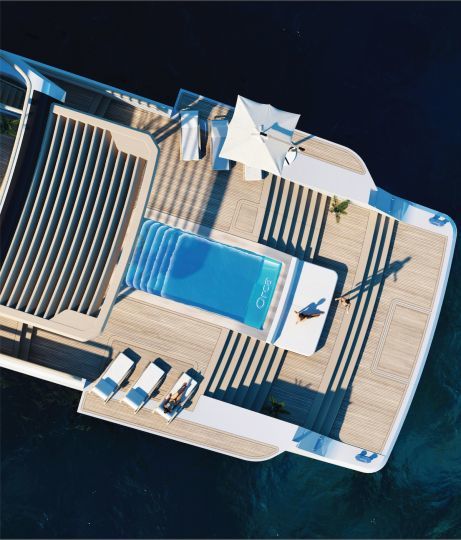
A site strategy based on enhancing existing assets
This case study illustrates an alternative strategy for managing a shipyard's assets. Rather than aiming to order an entirely new model, RMK Yachts has opted to enhance an existing unit. This reduces entry costs for the shipowner, while optimizing the shipyard's internal resources.
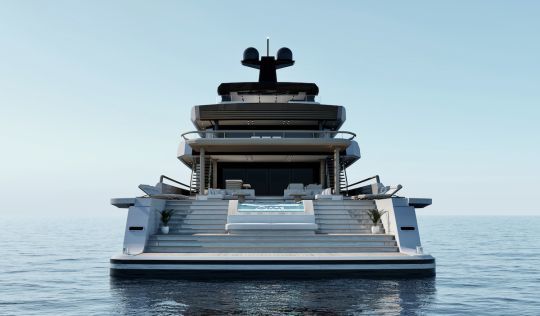
This type of approach could inspire other construction sites faced with declining orders or production interruptions on cancelled programs. It does, however, call for rigorous quality control, as construction that is interrupted and then restarted can lead to technical discrepancies.
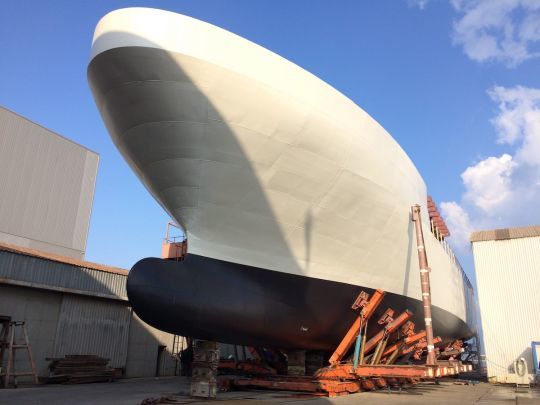

 /
/ 